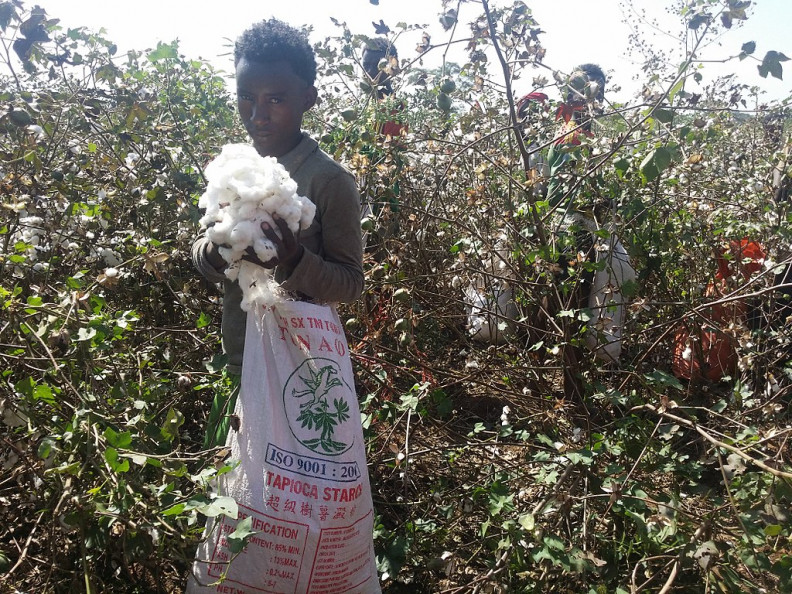KPR Mills, one of the major factories in the textile town of Tirupur, Tamil Nadu, said today that it has started a unit in Ethiopia to take advantage of lower labour cost, duty savings and shorter shipment time to the US and European markets.
KPR joins a clutch of other prominent textile players, such as Raymond, Arvind, Best Corporation and JJ Mills, that have set up shop in the East African nation largely because their Made-in-India products are finding it difficult to take on the competition from Bangladesh, Cambodia and other nations.
These companies are hoping their Africa investments would bring about a new wave of growth for them.
While KPR has invested $5 million to set up a capacity of 10 million units, providing employment for nearly 1,000 people, Raymond's Rs 130 crore plant in Ethiopia has a capacity of 2 million jackets. Best Corporation invested Rs 30 crore in its phase-I project. SCM Garments, Arvind and JJ Mills are some of the other companies to have set up factories in Ethiopia the past few years.
Ethiopia offers ready-to-use sheds, income tax breaks and training subsidies and offers tax-free gateway into US, Europe and China.
Besides the labour cost, which is 50 per cent lower compared to India, another big advantage in Ethiopia is that the Government already has the land and building readily available. So it is just a plug and play model with cheap power.
Power is available for three cents in Ethiopia, compared with 10-12 cents in India. Labour is cheaper, at $60 a month, compared with $130-150 in India, said an industry representative.
During the last analyst call, P Nataraj, MD, KPR Mill said while Bangladesh has Free Trade Agreements with major importing countries, the Indian industry is struggling to get into a similar arrangement.
The government has been negotiating for the past two or three years with the other countries, but to little avail, as any concession given to Indian textiles must come with commensurate concessions to other products that the textile importinf country might want to export to India.
Import duty generally ranges from 10 per cent to 18 per cent for most European products, but could go up to as much as 28 per cent for certain categories. In comparison, Bangladesh imposes little or no duty on the products it imports.
Despite this India isn't really out of the market, because of its inherent strength in terms of availability of cotton, a key raw material. Bangladesh, on the other hand, has to rely 100 per cent on cotton imports to feed its textile units -- and India is the only country with surplus cotton. In any case, its technical expertise and technology gives India an edge in textiles.
While incentives and concessions are available in India, actually getting them in takes a long time. Another major challenge is labour availability and attrition. Despite the fact that companies have invested huge sums of money, their factories are not able to run at even 50 per cent capacity.
Source: cottonyarnmarket.net